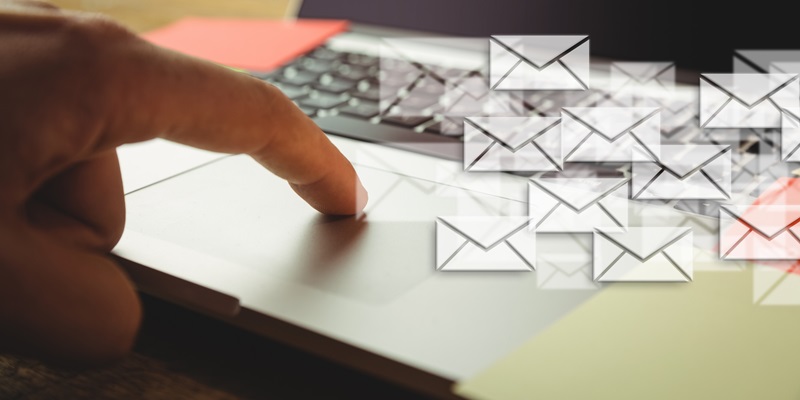In today’s fast-paced and digital age, email has become one of the predominant forms of communication in both personal and professional settings. Understanding how to write polite and professional messages in emails can make all the difference in creating lasting impressions and maintaining effective interactions. In this article, we will delve into the various aspects of email etiquette and provide valuable tips to help you master the art of professional email communication.
The Significance of First Impressions in Professional Interactions
First impressions matter, especially when it comes to professional interactions. In the virtual world, your email is often the first point of contact, and it sets the tone for the entire conversation. Therefore, it is crucial to start off on the right foot by using a proper greeting and introducing yourself in a concise and professional manner.
The Importance of Correct Spelling and Grammar
Using correct spelling and grammar in your emails shows that you have taken the time to carefully craft your message and pay attention to details. It reflects your professionalism and competence. Simple mistakes such as typos or grammatical errors can significantly undermine your credibility. Therefore, make it a priority to proofread your emails before sending them.
Maintaining a Polite, Respectful, and Professional Tone
When writing emails, it is important to be aware of your tone and keep it polite, respectful, and professional at all times. Remember that email lacks the context of facial expressions and body language, so it’s crucial to choose your words wisely to avoid misunderstandings. Take the time to think through your message and ensure that it conveys your intended tone.
The Impact of Clear and Concise Subject Lines
A clear and concise subject line can make a world of difference in getting your email noticed and responded to promptly. It acts as a preview for the recipient, helping them understand the purpose and urgency of your message. Use keywords that accurately describe the content of your email and avoid vague or misleading subject lines.
Setting a Professional Tone with a Proper Greeting
Starting off an email with a proper greeting sets a polite and professional tone right from the beginning. Address the recipient by name and use appropriate titles when necessary. Avoid using casual or slang language in your greetings to maintain a level of professionalism.
The Importance of a Well-crafted Closing
The closing of your email is just as important as the opening. It provides a sense of closure and leaves a lasting impression on the recipient. Use a professional closing, such as “Sincerely” or “Best regards,” followed by your name and contact information. This shows your respect and consideration for the recipient.
Organizing Emails with Proper Spacing
Having proper spacing between paragraphs and sentences can make the email look more organized and easy on the eyes. Use short paragraphs and bullet points when appropriate to break up large blocks of text. This makes it easier for the recipient to read and comprehend your message.
The Role of Tone and Language in Email Etiquette
When it comes to email etiquette, one of the most important aspects to consider is your tone and language. Use polite and professional language throughout your email, even when addressing difficult or sensitive topics. Avoid using excessive capitalization, exclamation marks, or emoticons as they can come across as unprofessional or overly emotional.
Emphasizing the Need for Prompt Follow-up and Response
In today’s fast-paced and digital age, timely communication is crucial. Responding promptly to important emails demonstrates your professionalism and respect for the recipient’s time. Make it a habit to check your inbox regularly and prioritize responding to important emails promptly.
Mastering the art of professional email communication is essential in creating lasting impressions and maintaining effective interactions. By understanding the importance of forging polite and professional messages, using correct spelling and grammar, maintaining a respectful tone, and paying attention to details such as subject lines, greetings, closings, and spacing, you can enhance your email etiquette. In today’s digital age, prompt follow-up and response are equally important to ensure effective communication. So, put these tips into practice and watch your professional email communication skills flourish, ultimately leading to stronger professional relationships and opportunities.

